The state participating in the program undertakes to protect and preserve World Heritage sites in its territory for future generations. Hungarian locations first appeared on the list in 1987. Since then, eight more have received the World Heritage title and many others are on the tentative list.
The Banks of the Danube and the Buda Castle Quarter
On the list since 1987, the Banks of the Danube and the Buda Castle together are one of the world's outstanding urban landscapes and together illustrate the great periods in the history of the Hungarian capital. This site contains the remains of monuments such as the Roman city of Aquincum and the Gothic castle of Buda, which have had a considerable influence on the architecture of various periods. This World Heritage landscape includes buildings such as the Gellért Thermal Baths, the Citadel, Buda Castle, the Matthias Church, the Fisherman’s Bastion, the Parliament building, the Academy of Sciences, and the Gresham Palace.
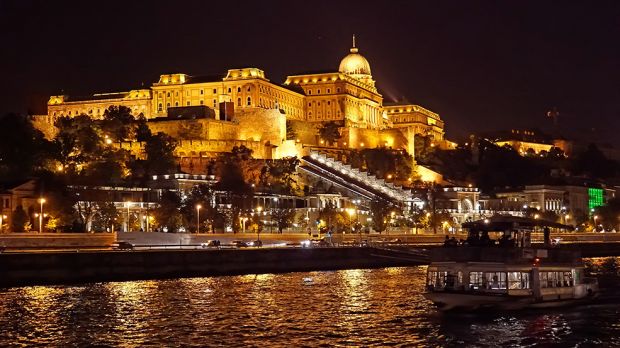
Andrássy Avenue
This elegant shopping street has been on the list since 2002, and includes the buildings along the whole length of Andrássy Avenue, such as the Hungarian State Opera House, the Millennium Underground, Heroes' Square, the Museum of Fine Arts, the Kunsthalle, and the Millennium Monument.

Early Christian Necropolis of Pécs
This remarkable series of decorated tombs from the 4th century is important both structurally and architecturally. The tombs were constructed in the cemetery of the Roman provincial town of Sopianae (Pécs) and were built as underground burial chambers with memorial chapels above the ground. The tombs are richly decorated with murals of outstanding quality depicting Christian themes, thus having an important artistic significance as well. Due to its universal significance, it occupies a special place among the archaeological monuments of Hungary.

Fertő / Neusiedlersee Cultural Landscape
The Fertö / Neusiedler Lake area with its varied landscape has been the meeting place of different cultures for eight millennia. The site is the result of an evolutionary symbiosis between human activity and the physical environment. The remarkable rural architecture of the villages surrounding the lake and several 18th and 19th-century palaces all provide the area with considerable cultural significance. Due to different climatic effects, not only geographical but also ecological and phytogeographical areas meet around the lake, providing a home for several native species.

Hortobágy National Park – the Puszta
The grazing of domestic animals and other traditional forms of land use have been present in the pastoral society of the Hortobágy Puszta for more than two millennia. The cultural landscape consists of a vast area of plains and wetlands and marked the first national park in Hungary. Its most identifiable symbol is the Nine-arched Bridge constructed between 1823 and 1833 in the classicist style.
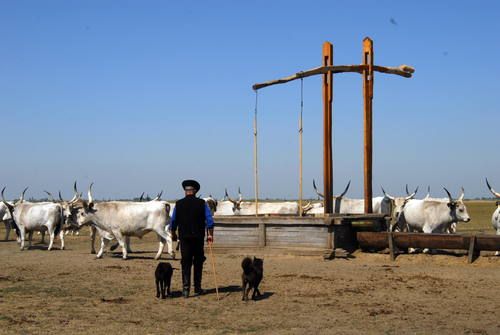
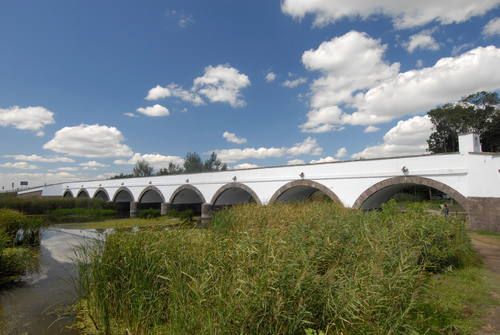
Millenary Benedictine Abbey of Pannonhalma and its Natural Environment
The first Benedictine monks settled in Pannonhalma in 996. The community founded the country's first school and, in 1055, wrote the first document in Hungarian. From the time of its founding, this monastic community has promoted culture throughout Central Europe. Its 1,000-year history can be discovered in the succession of architectural styles of the monastic building, which today still houses a school and the monastic community.
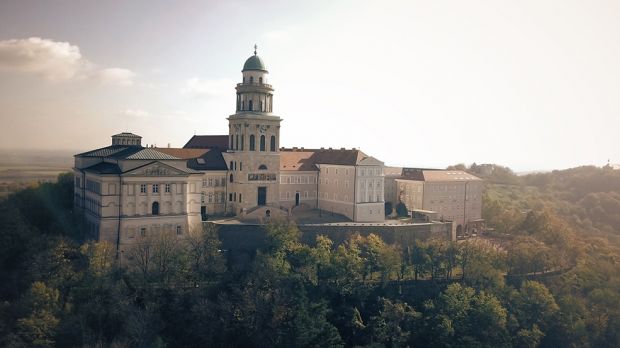
Old Village of Hollókő and its Surroundings
Certain parts of the village became a heritage site in 1987. Hollókő is an outstanding example of a deliberately preserved traditional settlement. This village, which developed mainly during the 17th and 18th centuries, is a living example of rural life before the agricultural revolution of the 20th century. The oldest part of the village represents one of the best-preserved examples of folk architecture in Central Europe.

Tokaj Wine Region Historic Cultural Landscape
The cultural landscape of Tokaj vividly demonstrates the long tradition of wine production in this region of low hills and river valleys. The intricate pattern of vineyards, farms, villages and small towns with their historic networks of deep wine cellars, illustrates every phase in the production of the famous Tokaj wines. This Hungarian region was the first closed wine region dating back to 1737, which means grapes, stum and wine originating from other areas, with the exception of bottled wines, may not be imported here. The symbol of the wine region and one of its centers is the city of Tokaj, which has become a symbol for the whole of Hungary due to its world-famous reputation. The city is the guardian of a centuries-old winemaking tradition, special architectural heritage and local traditions.
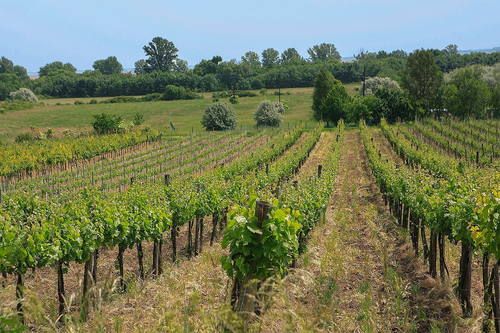
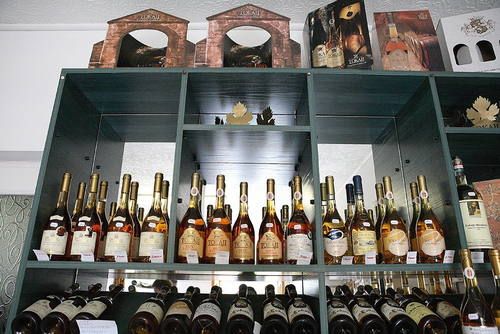
Caves of Aggtelek Karst and Slovak Karst
Based on a joint submission from Hungary and Slovakia, this natural protected area, the Karsts, was designated a UNESCO World Heritage Site in 1995. Featuring an extraordinary variety of formations, the caves on the border of Hungary and Slovakia contain not only unique natural but rich cultural and historical features. Because of their extremely rare combination of tropical and glacial climate effects, the exceptional group of 712 caves makes it possible to study tens of millions of years of geological history.

Photo credit: parlament.hu, whc.unesco.org, welovebudapest.com
